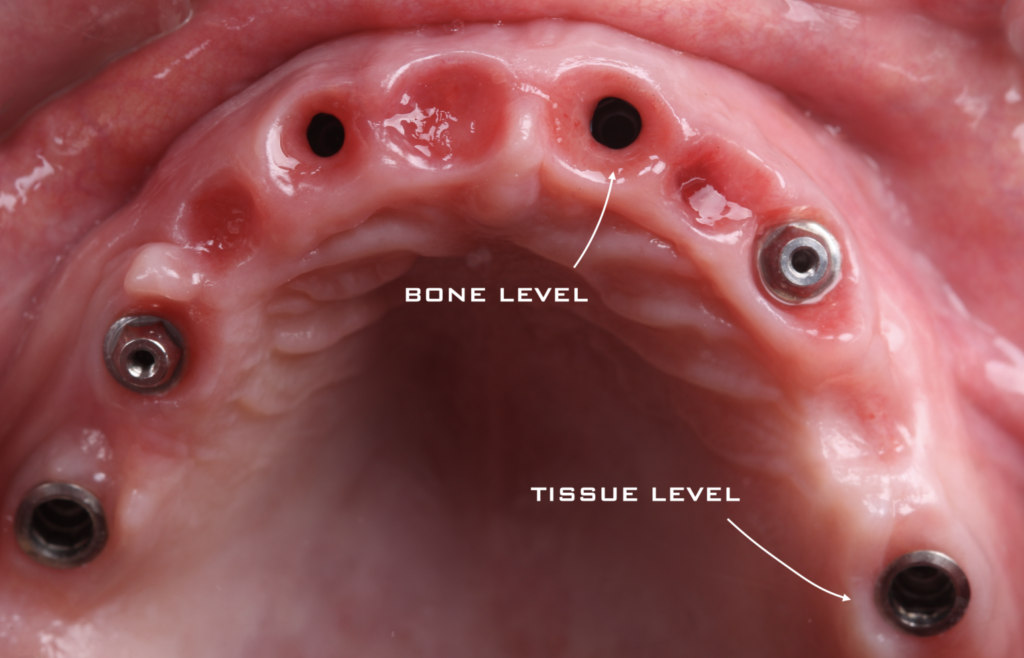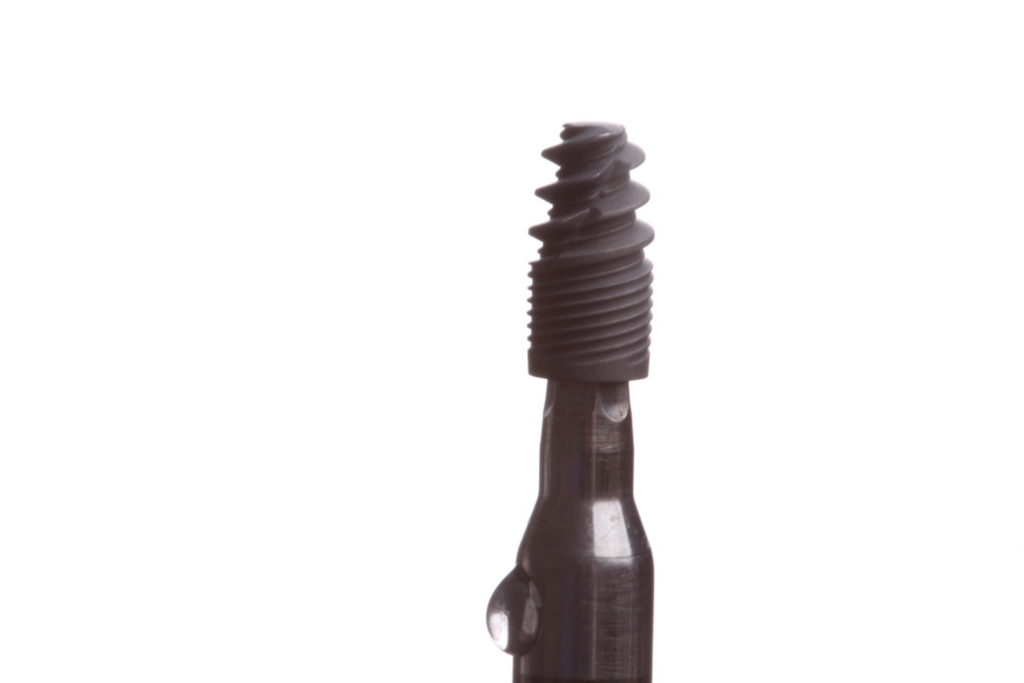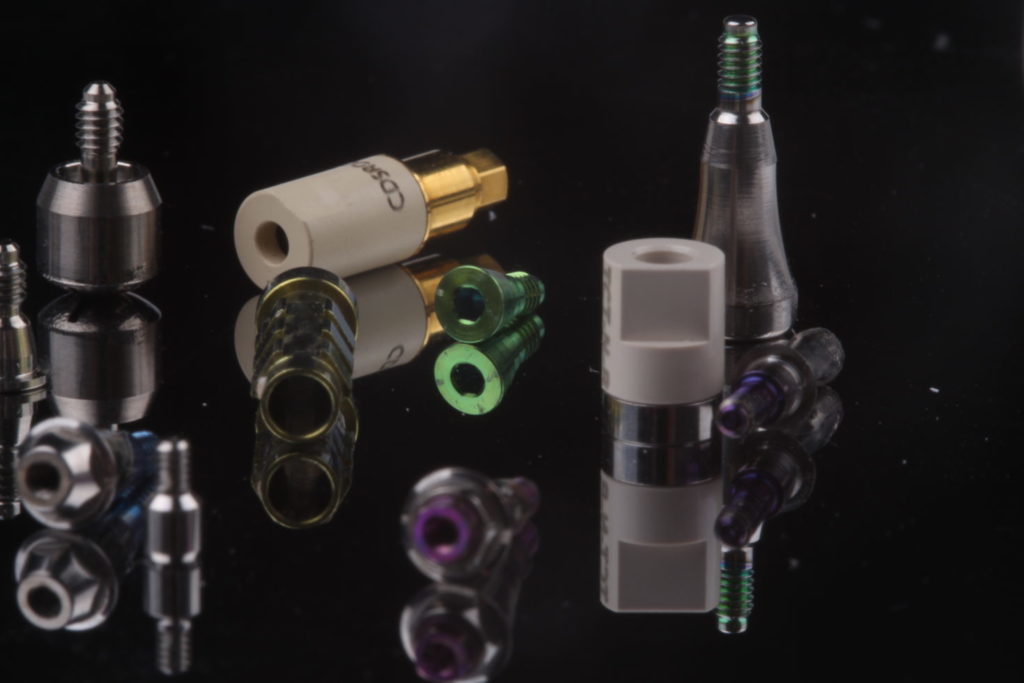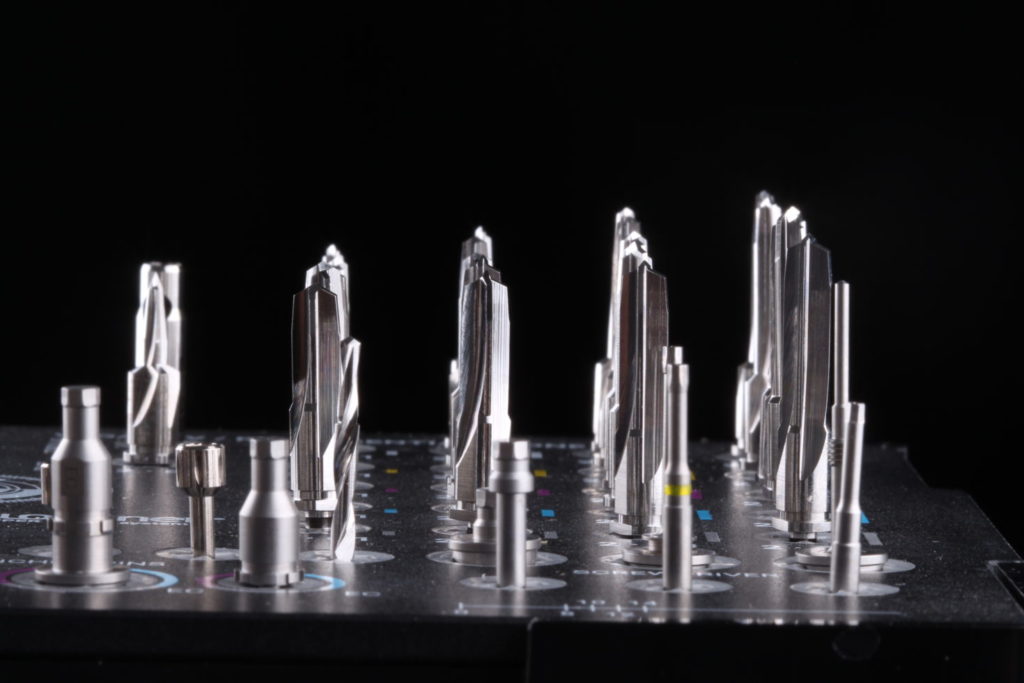The Ultimate Guide to Selecting a Dental Implant: 10 Criteria Every Dentist Should Know!
With over 300 implant brands worldwide, encompassing around 3,500 different implant models, have you ever wondered what criteria to consider when selecting one implant over another?
Price? Feeling? Marketing?
Usually, these three criteria influence our inclination towards one implant manufacturer or another. But, can we base our standards solely on these factors? We believe not.
At Implantif.AI, we believe it is necessary to establish a criterion that, from our point of view, will make a difference in your daily clinical practice. Additionally, it will facilitate the laboratory technician’s work, and with the proper protocol, the aesthetic and functional success of the case will be (almost) guaranteed.
You should know that not all implants are the same, but we are not referring to the quality of the manufacturing material or its behavior with the bone. Instead, it depends on the clinical situation which implant will be more suitable.
1. Bone Level Implant vs. Tissue Level Implant
This topic could fill an entire book, but if you want to use a single implant manufacturer, we recommend choosing one that offers both designs: Bone Level and Tissue Level, to adapt to any clinical situation that may arise.

TISSUE & BONE LEVEL IMPLANTS EXAMPLE
This topic could fill an entire book, but if you want to use a single implant manufacturer, we recommend choosing one that offers both designs: Bone Level and Tissue Level, to adapt to any clinical situation that may arise.
Typically, you can use Bone Level implants in the anterior sector and Tissue Level implants for posterior regions. It is the most comfortable and secure way to work.
2. Implant Length
Many years ago, highly long implants were routinely placed, exceeding 12 mm, which required sufficient bone availability or intensive guided bone regeneration procedures to accommodate them.
Today, thanks to scientific evidence, we know that short implants work perfectly, avoiding the morbidity of extensive bone regeneration surgeries. Therefore, make sure to have an implant brand in your armamentarium that offers 4-6 mm implants length. We assure you it will save you on more than one occasion.
3. Internal Connection vs. External Connection
When it comes to implants, they may all seem the same, but a key point is the implant connection. The implant connection will influence the placement of surgery and prosthetic rehabilitation.
At Implantif.AI, we believe it is necessary to routinely use implants with an internal connection, as they are more stable biologically and functionally as long as they are correctly placed and restored with appropriate prosthetic abutments.
4. Implant Surface
All implants are made of titanium. That’s something we all agree on. However, some surfaces integrate with the bone faster than others. We recommend choosing an implant brand that offers both options: a standard surface and a “faster” surface.
Why?
As a routine, in most cases, you can use an implant with a conventional surface that integrates in 2-3 months. However, imagine you are treating a patient who frequently travels, or you need to perform simultaneous bone regeneration during implant placement or even immediate extraction with immediate loading in the anterior area. It would help if you shortened the treatment time.
Suppose you have an implant with an active surface in your armamentarium, which achieves osseointegration in about one month. In that case, first, you will take less time to complete the case, and second, and more importantly, you will minimize potential complications.

IMPLANT SURFACE. RIGHT: HIDROPHILIC SURFACE; LEFT: CONVENTIONAL SHOT BLASTED SURFACE
5. Implant Geometry
Please do not limit yourself to a single macro-geometry for implants since placing an implant in a healed ridge is not the same as putting it in a post-extraction socket for immediate loading, where primary stability plays a crucial role in treatment success.
Therefore, it would be ideal for the chosen implant brand to offer implant geometries with parallel walls and mildly aggressive spirals for standard cases where immediate loading is unnecessary. On the other hand, implants with tapered body and apex, and moderately aggressive body threads will provide anchorage and good primary stability.

6. Prosthetic Abutments
This is one of the keys to success.
If the implant is well placed but poorly restored, problems will arise in the short to medium term. We recommend working with prosthetic components that are biologically oriented and have minimal manufacturing tolerances. This will help avoid biological issues like peri-implantitis and mechanical problems such as loosening or fracture of screws.
A comprehensive catalog of prosthetic abutments is essential, allowing us to address all the clinical situations we may encounter in practice. A limited and overly simplified prosthetic system from an implant brand is not beneficial since it likely will only meet some cases’ biological and functional requirements. On the other hand, avoid implant brands with an excessively extensive catalog, as it can lead to confusion and considerable doubts. The virtue lies in finding a middle ground.
Choose an implant brand that allows you to work in the following way:
- Single Restorations: Ti-Bases for single implants, with different gingival heights, smooth and concave emergence profiles, and sufficient shoulder to support ceramic materials without fracturing.
- Multiple Restorations: Multiunit abutments for bridges and full arches supported by implants. It would be best to have different gingival heights with progressive emergence profiles.


7. Surgical Kit
During implant surgery, the last thing we need is excessive thinking. Opting for implants with a simplified, straightforward, and quick-to-understand surgical kit for the entire team is crucial.
Furthermore, it will be convenient if all the implants from the same brand can be placed using a single surgical kit. Avoid implant brands that require different surgical kits for other implant models.


8. Digital Workflow
Digital Dentistry is a reality, and one of its main benefits is Guided Implant Surgery. Ensure that your implant brand has developed its guided surgery kit and that its implant system and prosthetic components are integrated into major surgical planning software such as Exoplan, Implant Studio, Nemotec, BlueSkyPlan, or Real Guide.
In addition to the software, scanbodies for the chosen implant are essential. Nothing is better than working digitally, and nothing is more frustrating than not being able to follow a 100% digital workflow.

9. Customer Service
We are aware of the fast-paced environment in a dental clinic, and we understand that there are often needs for implants or components the next day. Excellent customer service with sufficient stock and the ability to deliver within 24 hours or less is ideal.
Furthermore, many commercial brands offer warranties for their implants. If an implant fails in the short term, despite being correctly restored with original components, they usually replace it at no cost.
10. Price
For many, price is the primary reason for choosing one implant over another. For us, it is the last of the criteria.
Price should not be a determining factor, although it will be influenced by the type of clinic, patient, and business model implemented in our practice.
You should consider these ten criteria when choosing one implant system over another. In future posts, we will delve deeper into these points, providing our experience and perspective on modern implantology.
We would appreciate your feedback, and if you have other criteria that you usually take into account, please let us know at marketing@movumtech.com
